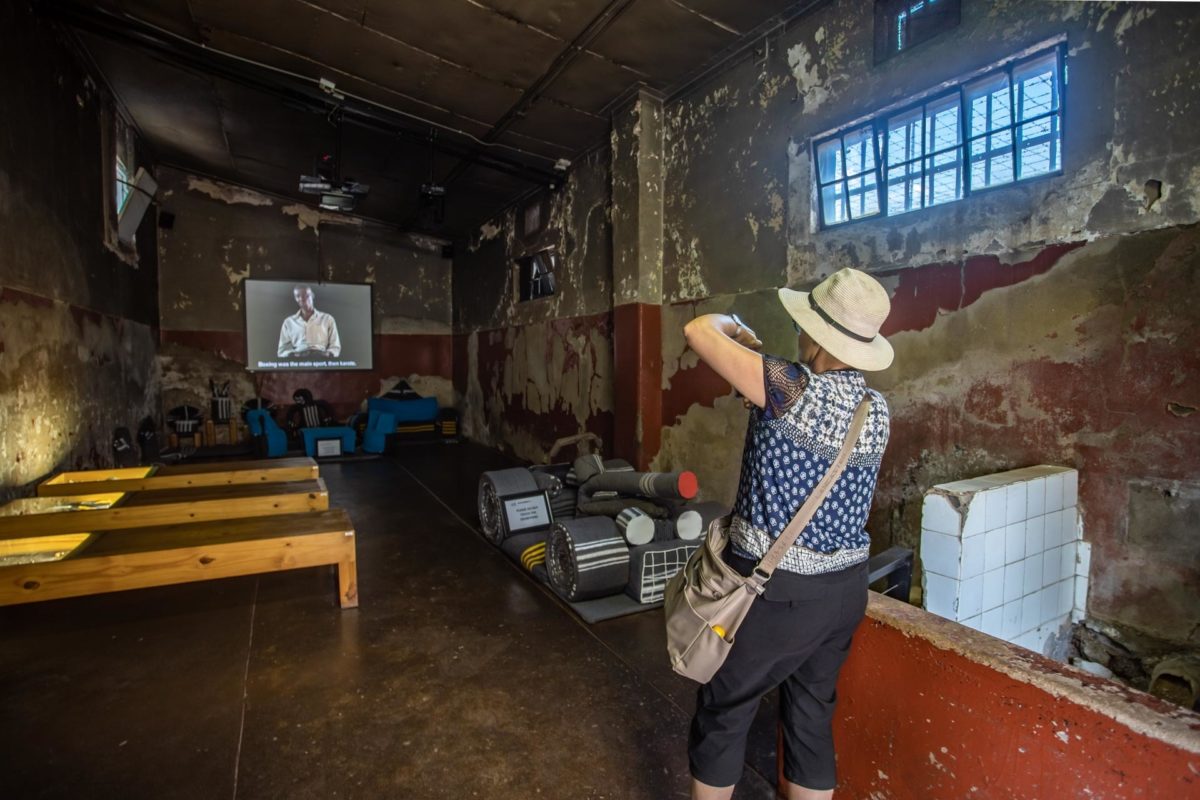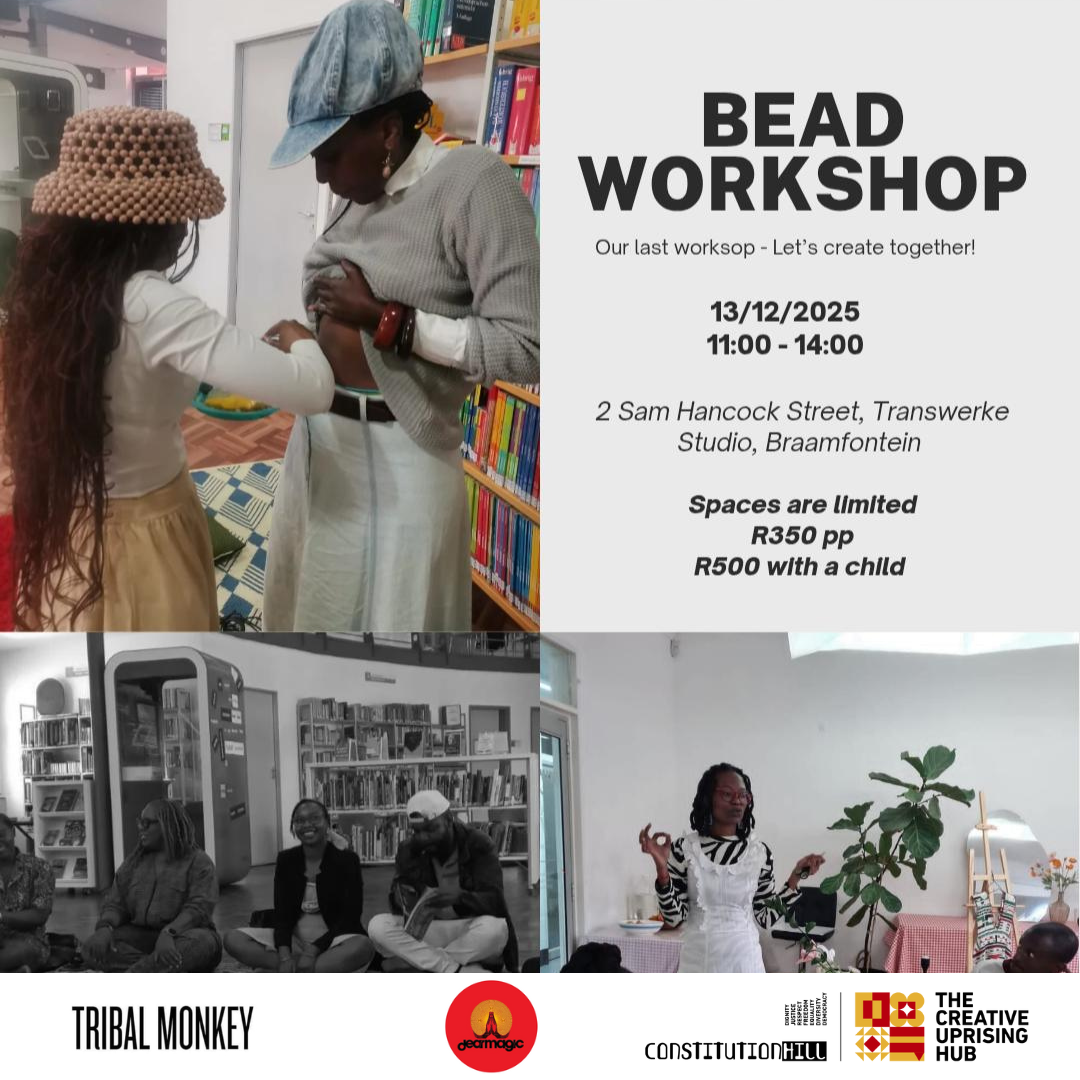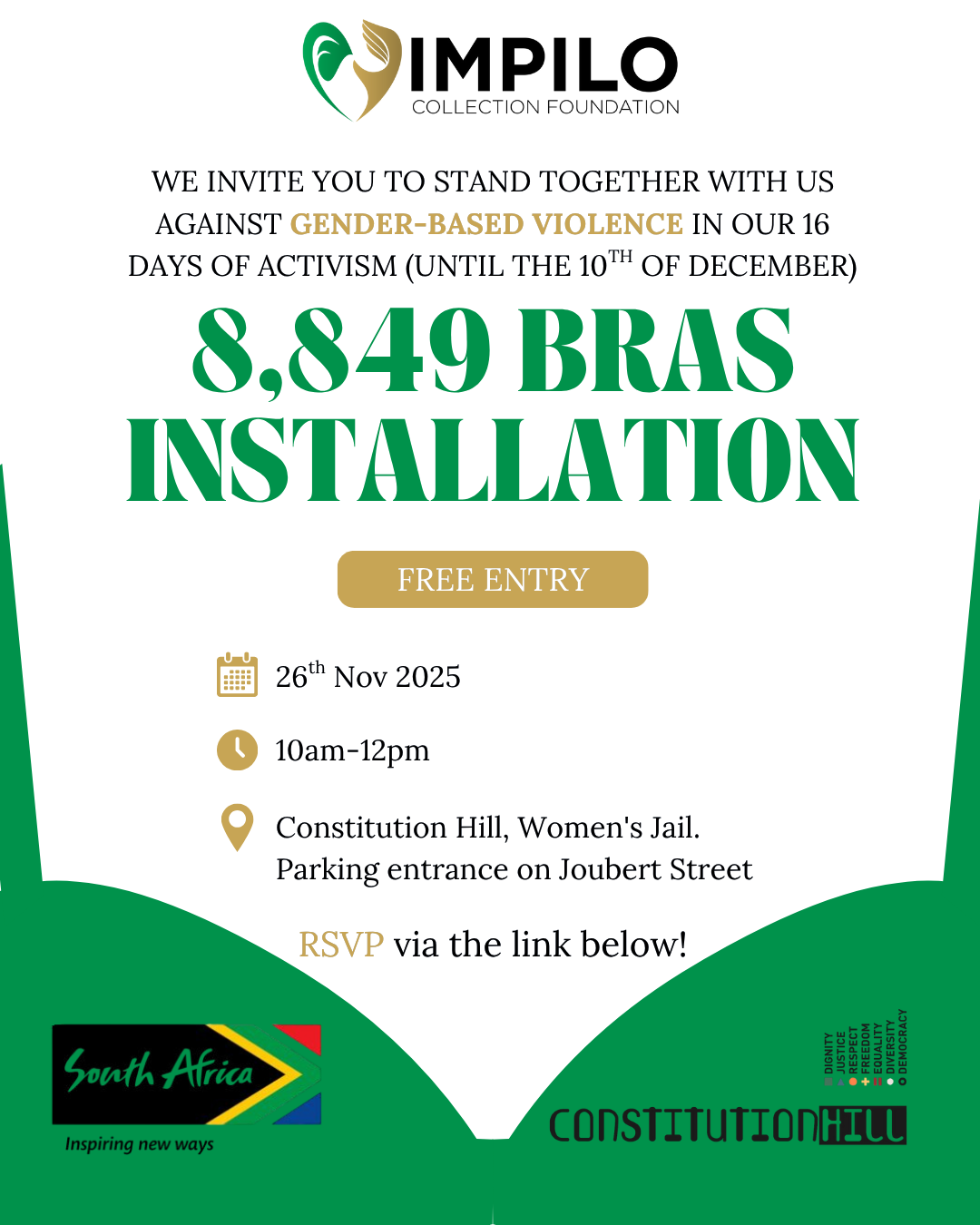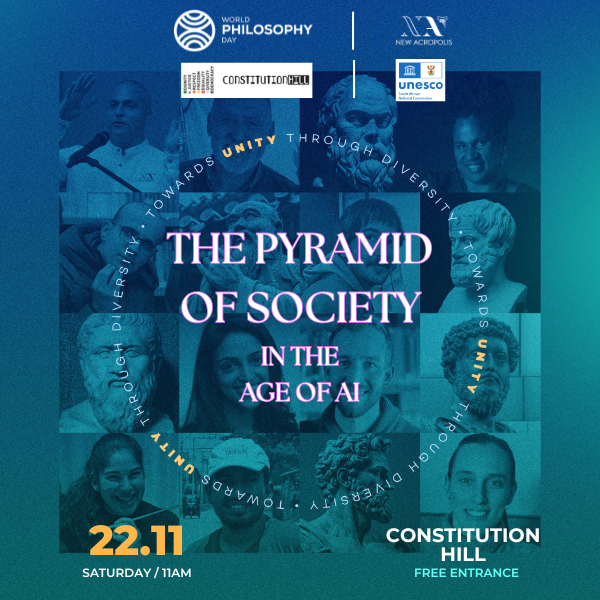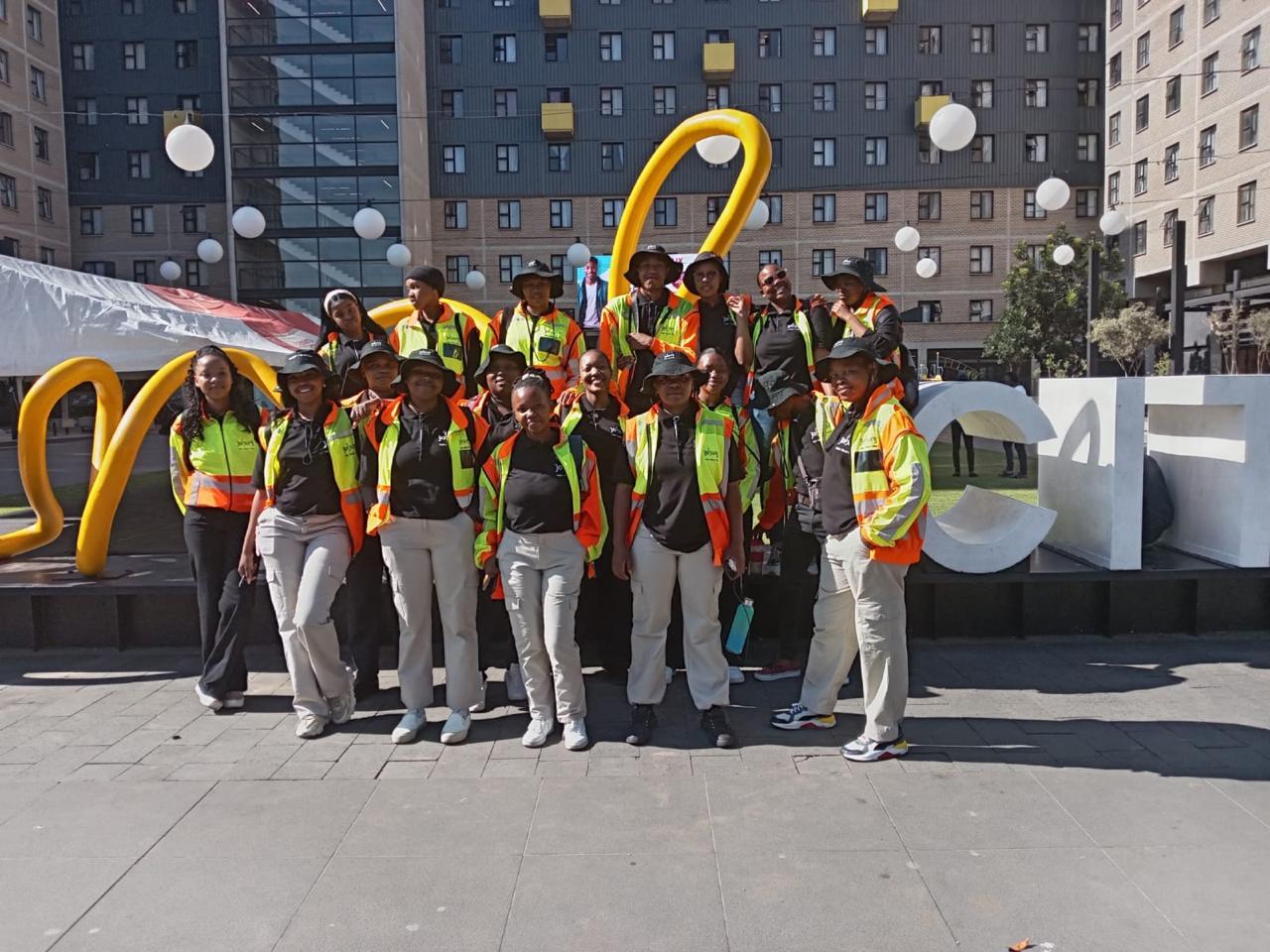Constitution Hill, Number Four, the Old Fort. Whatever name you use, this is the most important heritage site in Johannesburg. Those once imprisoned there include a number of anti-apartheid struggle heroes who were trade unionists, conscientious objectors and freedom fighters. Among them were luminaries such as Mahatma Gandhi, Nelson Mandela, Mary Fitzgerald and Winnie Madikizela-Mandela.

The Old Fort around 1900.
These more famous names stand out from a multitude of men – and later, women – sentenced because they were black. They were found to be black people in a “white” area, black people buying “white” liquor, black people without permission to move after curfew, and black people who hadn’t taken their passes with them on a short walk to shops.
Youngsters involved in the Soweto Uprising of 16 June 1976 were not yet old enough to possess a driver’s licence, yet the apartheid government adjudged them old enough to endure 18 months’ solitary confinement in the punishment cells.
The Fort stands atop what was once known as Hospital Hill and was designed to control rather than defend the city of Johannesburg. It was built around sections 1 and 2 of the original gaol. The first phase of construction involved excavating the deepest sections of the ridge itself to accommodate the magazines. Then the tunnel-vaulted bomb-proof chambers were built. Convict labour was used to break the stone for the concrete, but this proved too slow and a steam-powered crusher was brought in to expedite construction.
Meanwhile, 260 convicts had been excavating the rock and soil from the base of Hospital Hill on the northern side. This was then ferried up to the site by means of 32 cocopans. The soil was used to build the earth ramparts which covered the structure and encircled the gaol.
Although it was a fort, no shot was fired in anger from its great guns. Only a blank was fired to summon commandos when the South African War was declared on 10 October 1899. The Boers then emptied the gaol. Prisoners were either dumped over the border in Mozambique, or, if they were burghers, armed with a rifle and ammunition and sent to join a commando. When British forces reached Johannesburg in May 1900 it was the Australians who took the fort. Legend has it that Breaker Morant was the first man in.
The British soon filled the gaols again, rounding up any dark-skinned individual whose consul could not vouch for him. Since many consuls were out of town, thousands were summarily arrested, then shipped off to London, having to make their own way home. Three men were executed under military law. One was shot as a traitor for revealing the awful conditions and mounting death toll at the Irene Concentration Camp.
By 1906, the fort had returned to civilian use as a prison since the last of the British forces had been repatriated. Then came the Asiatic Registration Act. Led by Mohandas Gandhi, the prison filled up with Chinese and Indian men refusing to accept second-class citizenship.

Today, Constitution Hill has a statue in place in honour of Gandhi's imprisonment at Number Four.
The next decade saw trade unionists and pacifists detained without trial for opposing the call to arms heralded by the First World War. Many strikers were also incarcerated and men such a Percival Bunting jailed for incitement. Debtors too served time, among them political activist Joe Slovo’s father.
The miners’ strike of 1922 attracted hundreds of white miners to the mines. Those who were executed were sent to Pretoria Central to be hanged. Husband poisoner Daisy de Melker made an appearance, but she too saw out her final days in Pretoria.
Labour unrest brought the next influx of prisoners. The Cornelius sisters had to be hauled physically into police vans from their protest site in Eloff Street outside the OK Bazaars store. The Garment Workers’ Union then began gearing up for the first of many battles for fair pay across the gender and race bar.
After victory in the 1948 general election, the Nationalist Party introduced a succession of apartheid laws: the Mixed Marriages Act, the Group Areas Act, the Separate Development Act, the Bantu Education Act and others. Suppression turned to oppression and detention without trial increased numbers in the cells.

Many people were imprisoned for contravening pass offences under apartheid law.
Finally, out of the horror came hope in the form of a new constitution – in 1993 when apartheid crumbled – which included a Bill of Rights that accorded all South Africans the right to dignity and right to equality.
Of all the sites in Johannesburg, this is the most significant. It is truly evocative of a shameful past, relieved only by the promise of freedom for all.
Flo Bird is a trustee and former chairperson of the Johannesburg Heritage Foundation.

 +27 11 381 3100
+27 11 381 3100
